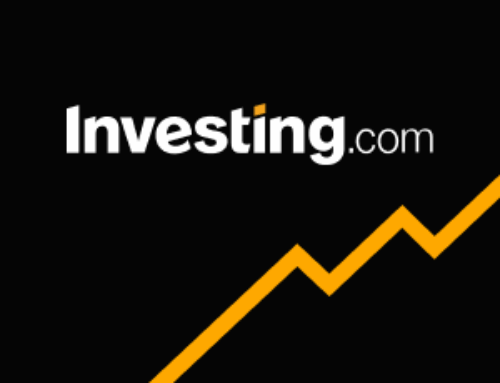2 Stocks to Buy on the Dip and Hold for 10 Years
July 6, 2025
One of Warren Buffett’s famous pieces of investing advice is to be greedy when others are fearful. One way to apply this wisdom is to look for companies that have lagged the market recently but still appear to be excellent long-term investment opportunities.
Two great examples today in the healthcare sector are Novo Nordisk (NVO -1.00%) and DexCom (DXCM -0.78%). Although these two corporations have encountered significant headwinds since last year, they could deliver market-beating returns to investors who initiate positions today and stick with them for at least a decade.

Image source: Getty Images.
1. Novo Nordisk
Novo Nordisk is coming off clinical setbacks and unimpressive financial results, at least by its lofty standards. The stock has significantly underperformed the market over the trailing-12-month period. But after this beating, the company’s shares look attractive. Here are several reasons why.
First, although Novo Nordisk’s eternal rival, Eli Lilly, appears to be taking the lead in the fast-growing weight management market, the former still has excellent prospects in this rapidly expanding therapeutic area.
Novo Nordisk’s Wegovy continues to grow its sales at a good clip, and the company is awaiting approval from the U.S. Food and Drug Administration for an oral formulation of this popular medicine. Further, Novo Nordisk has promising internally developed pipeline candidates, such as amycretin, which recently entered phase 3 studies.
The Denmark-based drugmaker has also enhanced its pipeline in this area, thanks to licensing deals and acquisitions.
Second, Novo Nordisk has been working on diversifying its lineup and currently has promising pipeline candidates outside of its core treatment areas of diabetes and obesity. Novo Nordisk is developing medicines for conditions including hemophilia, Parkinson’s disease, sickle cell disease, Alzheimer’s disease, and others.
Third, after being southbound for the past 12 months, Novo Nordisk’s shares look reasonably valued. The company’s forward price-to-earnings ratio is 16.8, compared to the 16.3 average for the healthcare industry. Novo Nordisk’s financial results over the past year have been terrific by industry standards, but not quite what the market expected. That may have justified the sell-off, but at current levels, the stock looks attractive.
Finally, Novo Nordisk is a solid dividend-paying company. It has increased its annual dividend per share by almost 284% over the past decade, while offering a forward yield of 2.3%. That’s not exceptional, but it’s above the S&P 500 index’s average of 1.3%. Novo Nordisk is well-positioned to bounce back and deliver strong returns in the next decade as it rides weight management (and other) tailwinds.
2. DexCom
DexCom is a leading diabetes-focused medical device company. It develops continuous glucose monitoring (CGM) systems that help diabetics with constant blood sugar level measurements. DexCom has been successful thanks to the increased adoption of this innovative technology. Unlike blood glucose meters that are manually operated, use pesky and painful fingersticks, and can only tell a person’s sugar level at one point in time, CGM devices are constantly monitoring things and automatically make measurements as often as every five minutes.
Rrevenue and earnings have grown rapidly over the past decade, but the company hit a speed bump last year when its top-line growth slowed considerably, partly due to higher-than-expected rebates in the U.S., resulting in lower revenue per patient. That said, these are short-term issues that do little to impact the company’s long-term prospects. And on that front, there are still plenty of reasons to be excited about DexCom’s future.
Consider that the company has ample room to grow, even in the U.S., a country that enjoys higher CGM penetration than most others. However, as DexCom has consistently pointed out, the population of patients who use CGM continues to lag behind those who are eligible for third-party coverage — in other words, many people could obtain the technology paid for by insurers but have not yet opted in.
Further, there is a vast worldwide opportunity, since only a tiny percentage of the diabetics in the world use CGM technology. Though many are in countries where DexCom does not do business, the company has generally increased its addressable market by entering new geographies. In the next 10 years, expect the company to do the same while benefiting from greater insurance coverage for CGM — third-party payers, including governments, have been more willing to foot the bill because of the technology’s benefits.
All that should lead to consistent revenue and earnings growth for the medical device specialist. The stock has crushed the market in the past decade using this formula. In my view, it is well-positioned to do the same through 2035.
Search
RECENT PRESS RELEASES
Related Post


